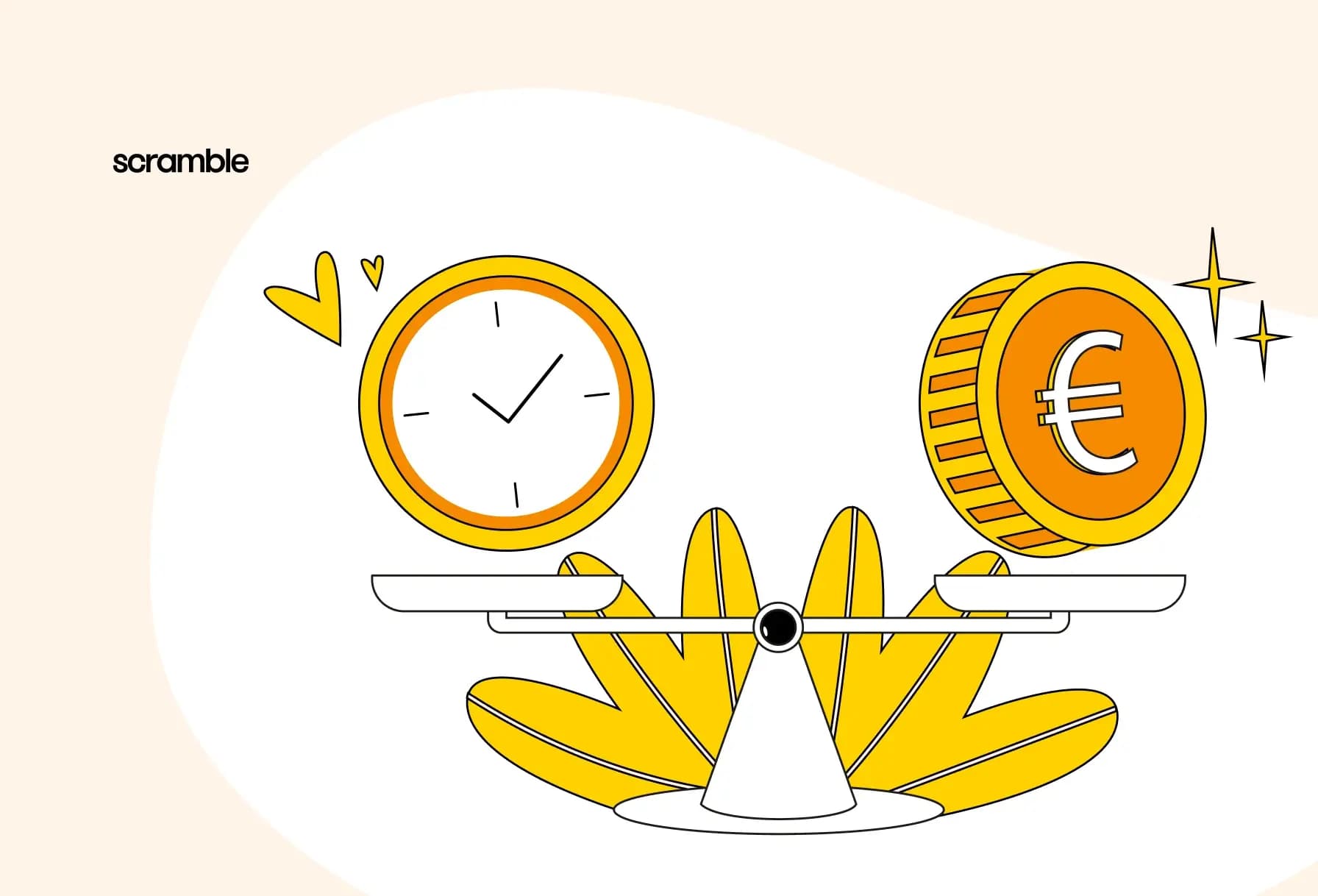Saving vs. Investing: Choosing the Right Financial Strategy
Saving and investing play a critical role in a well-rounded financial strategy. While saving provides a safety net for unforeseen expenses, investing is a means of building wealth. Once you have an emergency savings fund of three to six months’ worth of living expenses, you can develop a strategy to grow your wealth through investing.

Balancing Saving and Investing
Saving and investing are both essential to a well-rounded financial plan. Saving builds a cash cushion for unexpected expenses; investing grows wealth over time. Once you’ve set aside an emergency fund covering 3–6 months of living costs, you can design an investment strategy to grow your capital.
When to focus on saving
Prioritize savings if you have near-term expenses your monthly income won’t cover. A dedicated cash reserve helps you avoid high-interest debt.
Common reasons to save:
-
Unexpected emergencies. A ready cash buffer reduces reliance on credit.
-
Long-term goals. Down payment, education fund, driving lessons, a car—consistent saving keeps you out of debt and accelerates progress.
-
Homeownership costs. Property taxes, insurance, and maintenance require ongoing reserves.
-
Travel. If a trip will spike spending, build a cushion first.
-
Retirement baseline. The earlier you begin setting cash aside, the easier it is to cover many years of expenses later.
When to focus on investing
For goals 3–5+ years away, the compounding benefits of investing typically outweigh short-term volatility. A diversified mix (e.g., stocks, bonds, ETFs) can target growth while smoothing drawdowns.
Situations where investing makes sense:
-
Retirement growth. Long-horizon investing can outperform the low single-digit APY of savings accounts.
-
Building generational wealth. Compounding over decades helps preserve and grow purchasing power.
-
Income generation. Bonds, dividend stocks, or property can add a recurring income stream.
-
Excess cash. After funding emergencies and near-term needs, put surplus money to work to combat inflation.
On Scramble, you invest by acquiring receivables (Claims) and receive distributions based on the underlying Financing agreements. Our calculator can estimate potential returns over different horizons to help you choose how much to allocate and for how long.
Which is “better”?
Neither saving nor investing is universally superior—they serve different objectives.
-
If your priority is resilience (unexpected expenses, job loss), emphasize saving.
-
If you’ve built an adequate emergency fund and want growth, emphasize investing.
The right mix depends on your timeline, risk tolerance, and goals. Start with a solid cash buffer, then invest methodically toward long-term targets.


